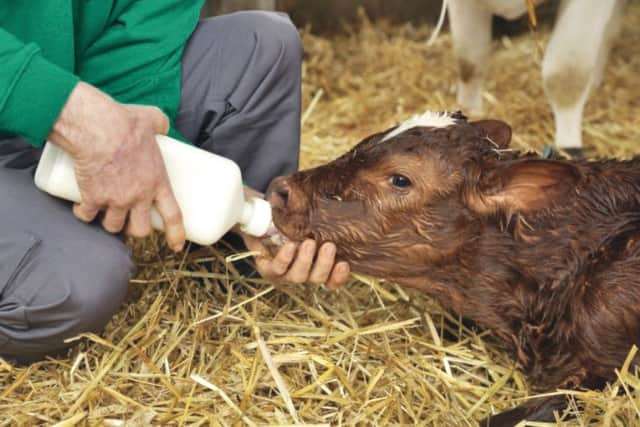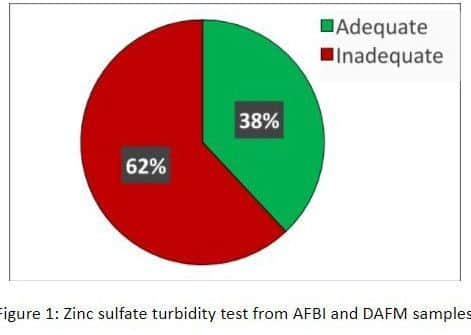How to give calves a great LifeStart


All farmers, vets and nutritionists know that good colostrum management is essential to get calves off to the best possible start in life. This is because calves are born without immunity therefore, until their own immune system develops, they rely on antibodies and other immune cells that they absorb from colostrum for protection from diseases and illnesses.
In addition, good quality colostrum is rich in nutrients, with a higher energy, protein and vitamin content, along with hormones and growth factors that contribute to the calves’ early growth, development and performance.
When and how much


colostrum should be fed?
Advertisement
Advertisement
As the calf’s ability to absorb the antibodies in colostrum rapidly reduces within the first 24 hours of life, it is important to feed a good amount of high quality colostrum before this ‘window of opportunity’ closes. Basically, the sooner, the better!
Current LifeStart Program recommendations are for an initial feed of three to four litres of colostrum as soon as possible after birth. Ideally, another two litres should be fed six hours later and, where possible, another one to two litres can be fed at twelve hours after birth. This may be more than some farmers are used to feeding to calves, but farmers who have changed to feeding this higher amount, continue to do so. Feeding colostrum by stomach tube is quick and, if done properly, safe. Although colostrum will flow into the rumen, as the newborn calf’s rumen is very small, it will quickly flow into the abomasum.
Milk from day one to three after calving (transition milk) should also be fed to the cow’s own calf as it has beneficial effects on metabolism, growth and development. Due to the risk of transmission of diseases such as Johne’s, colostrum should not be pooled and fed to multiple calves.


What about colostrum quality?
A colostrum quality check is not often carried out on farms, but is actually quite easy to measure with tools such as a colostrometer or refractometer. If you do not measure colostrum quality, keep in mind some factors that have an impact on colostrum quality. As the time between calving and first milking increases, colostrum quality decreases. Hygiene is very important, as the less clean equipment is and the longer colostrum is left before using, the larger the bacterial challenge for the calf.
Advertisement
Advertisement
Cows with short dry periods, high yields, sickness, mastitis, and those that leak colostrum, generally have a lower colostrum quality. Using a scour vaccine at the right time before calving will increase colostrum quality by increasing the amount of antibodies against the pathogens that cause scour.
Can I check to see if my calves are getting enough colostrum at the right time?
A blood sample taken from healthy calves less than one week of age can be used to check for adequate absorption of antibodies using a zinc sulfate turbidity test. Figure 1 shows the results from 1,199 blood samples examined by AFBI/DAFM Veterinary Laboratories in 2016. This shows that many calves investigated have absorbed inadequate amounts of colostrum.
To summarize, research has shown that feeding the right amount of high quality colostrum at the right time ensures better health and growth of young calves and therefore, should not be left to chance. Even better, when this is coupled with a higher plane of nutrition before weaning, it also leads to better long-term performance and production, and this will be discussed next month.